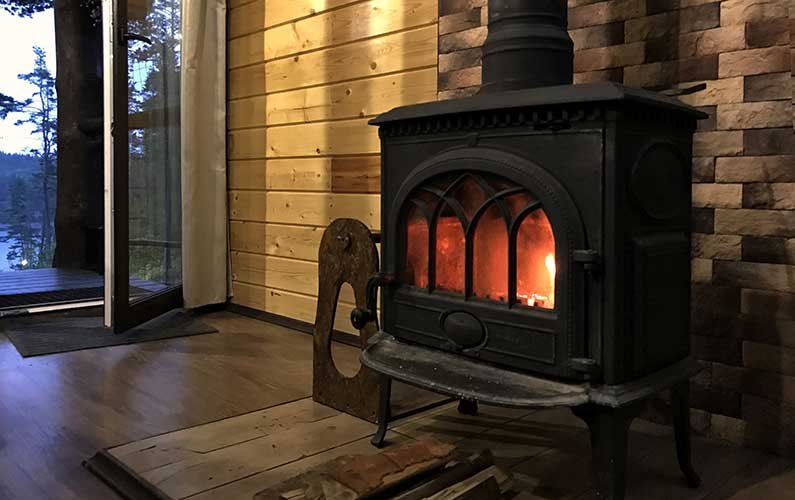
A well-designed and properly maintained chimney is crucial for the efficient and safe operation of wood-burning stoves. In this guide, we will explore the essential components of a wood stove chimney system, their functions, and best practices for maintenance to ensure optimal performance and longevity.
Importance of a Properly Functioning Chimney
A chimney serves as the critical pathway for expelling smoke, gases, and particulate matter produced during wood combustion. A well-functioning chimney ensures:
- Efficient Ventilation: Safely directs combustion byproducts out of the living space, maintaining indoor air quality.
- Optimal Draft: Establishes a consistent draft that enhances the efficiency of wood burning.
- Safety: Minimizes the risk of backdrafts and prevents the accumulation of hazardous substances like creosote.
- Extended Appliance Lifespan: Reduces wear and tear on the stove and chimney components by preventing corrosive buildup.
Key Components of a Wood Stove Chimney System
A comprehensive chimney system comprises several integral parts working in unison:
1. Chimney Cap
The chimney cap sits atop the chimney and serves multiple purposes:
- Weather Protection: Shields the chimney interior from rain, snow, and debris.
- Animal Deterrence: Prevents birds, squirrels, and other animals from entering and nesting within the chimney.
- Spark Arrestor: Contains sparks and embers, reducing the risk of roof fires.
2. Chimney Adapter
This component connects the wood stove to the chimney pipe, ensuring a secure and airtight junction for the seamless flow of smoke and gases.
3. Chimney Pipe
The chimney pipe channels exhaust gases from the stove to the outside atmosphere. Available in various configurations:
- Class A Chimney Pipe: Suitable for high-temperature exhaust, often double or triple-walled for insulation and safety.
- Stove Pipe: Connects the stove to the chimney system; typically single-walled and requires proper clearance from combustible materials.
4. Chimney Extension
Extensions are used to achieve the necessary chimney height to maintain an adequate draft. Proper height is essential for optimal stove performance and compliance with building codes.
5. Chimney Tee with Cap
A T-shaped component that allows for:
- Horizontal Connection: Facilitates the connection of horizontal stove pipes to the vertical chimney.
- Cleaning Access: The removable cap permits easy access for chimney cleaning and inspection.
6. Elbow Joints
Elbow joints enable the chimney pipe to navigate around structural obstacles by altering its direction, commonly available in 15, 30, or 45-degree angles.
7. Flashing and Storm Collar
- Flashing: Seals the gap between the chimney pipe and the roof, preventing water ingress.
- Storm Collar: Installed above the flashing, it deflects water away from the chimney pipe, enhancing the waterproofing of the system.
8. Chimney Liner
A liner protects the chimney walls from heat and corrosion, improving safety and efficiency. Liners can be made from materials such as stainless steel or clay tiles.
Maintenance Practices for Wood Stove Chimneys
Regular maintenance is vital to ensure the safe and efficient operation of your wood stove chimney system:
- Routine Inspections: Conduct thorough inspections to identify creosote buildup, blockages, or structural damage.
- Creosote Removal: Utilize appropriate chimney brushes to clean the flue and prevent creosote accumulation, which poses a significant fire hazard.
- Burn Seasoned Wood: Use well-seasoned, dry wood to minimize creosote formation and enhance combustion efficiency.
- Component Replacement: Promptly replace any worn or damaged parts to maintain system integrity and performance.
Conclusion
A properly functioning wood stove chimney system is essential for efficient heating and home safety. Understanding the various components and adhering to routine maintenance practices will enhance performance, prevent hazards, and extend the lifespan of your wood-burning stove. By investing time in chimney upkeep, you can enjoy a reliable and warm home environment throughout the colder months.